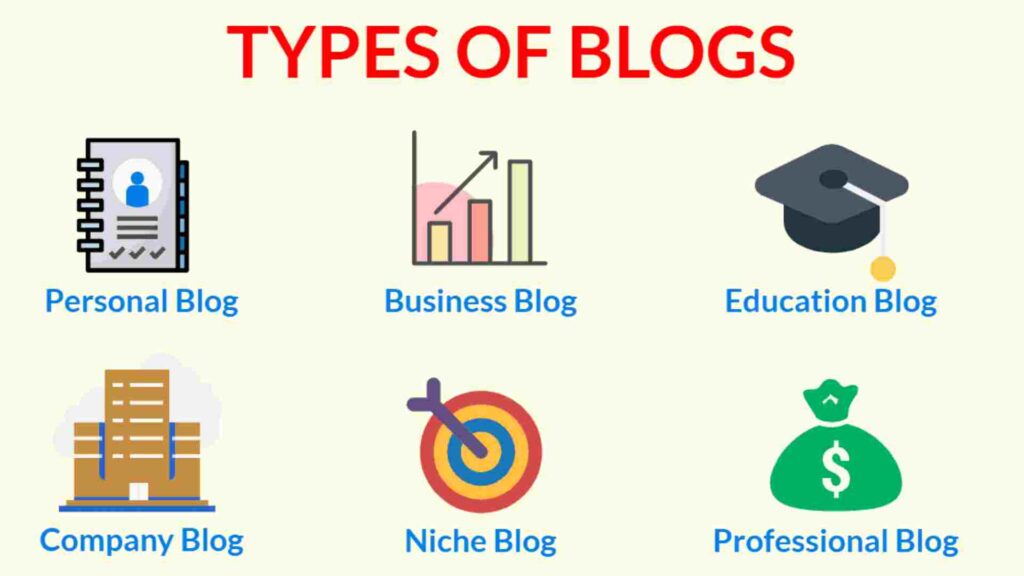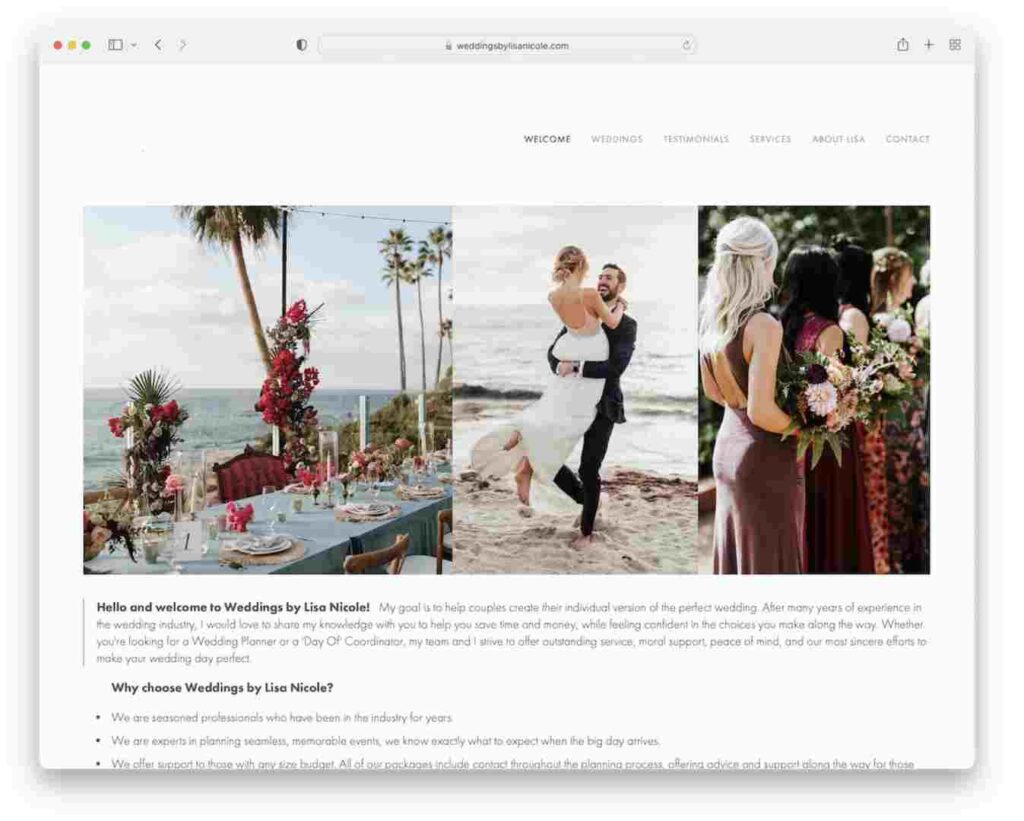So, you want to write a blog post? Whether you’re a seasoned writer or just dipping your toes into the world of blogging, understanding how to write a blog post can seem like a daunting task at first. But don’t worry! Once you break it down into smaller steps, you’ll find it’s not as overwhelming as it seems. A well-written blog post is not only a great way to share your thoughts or expertise but also an essential tool for driving traffic to your website and connecting with your audience.
In this guide, we’ll walk you through the step-by-step process of how to write a blog post, from brainstorming ideas to hitting that publish button. We’ll cover everything you need to know to write compelling, engaging, and SEO-friendly content. Ready to dive in? Let’s get started.
Why Write a Blog Post?
Before we dive into how to write a blog post, let’s talk about why blogging is so important. Blogs are a powerful way to:
- Build Authority: Sharing valuable insights can position you as an expert in your field.
- Engage Your Audience: Blogging allows you to connect with your readers on a deeper level.
- Drive Traffic: High-quality blog posts can help improve your search engine rankings and drive traffic to your website.
- Convert Leads: Engaging content encourages readers to explore more of your site, potentially turning them into customers.
How to Write a Blog Post: A Step-by-Step Guide
Now, let’s break down how to write a blog post into simple, manageable steps. Follow this guide, and you’ll be well on your way to crafting engaging, SEO-friendly content.
Step 1: Choose Your Topic
The first step in learning how to write a blog post is selecting the right topic. Your topic should be relevant to your audience and something you’re passionate about. Here are a few ways to brainstorm topics:
- Think About Your Audience: What are their pain points, interests, and questions?
- Check Out Competitors: See what topics similar blogs in your niche are covering.
- Use Tools: Tools like Google Trends or BuzzSumo can help you discover trending topics in your industry.
Pro Tip: Choose a topic that you have enough knowledge about or are willing to research thoroughly.
Step 2: Research Your Topic
Once you have your topic, it’s time to dive into research. Even if you’re already familiar with the subject, research can help you uncover new angles or insights. A well-researched blog post is more credible and provides more value to your readers.
- Find Reliable Sources: Stick to trustworthy sources like reputable websites, academic papers, or expert opinions.
- Gather Statistics and Data: Including data can strengthen your arguments and make your post more compelling.
- Look for Quotes: Adding quotes from industry experts can provide additional authority.
Step 3: Create an Outline
Creating an outline is an often overlooked step in how to write a blog post, but it can save you a lot of time in the long run. An outline will help you organize your thoughts and ensure that your post flows logically from one section to the next.
- Introduction: What will you talk about in the introduction?
- Body: Break down your post into key points or sections.
- Conclusion: What do you want to leave your readers with?
Pro Tip: Keep your outline flexible. You may decide to add or change things as you write.
Step 4: Write an Engaging Introduction
Your introduction sets the tone for the entire post and needs to grab your reader’s attention. The first few lines should make them want to keep reading. Here’s how to write a great introduction:
- Start with a Hook: Ask a question, share a shocking fact, or tell a brief story.
- Set Expectations: Let your readers know what the blog post will cover.
- Keep It Brief: Your introduction should be short, sweet, and to the point.
Step 5: Write the Body of Your Post
The body of your blog post is where you dive deep into your topic. Here’s where you’ll deliver on the promises made in your introduction. Here are some tips on how to write a blog post that keeps your readers engaged:
- Utilize Subheadings: Organize your content by dividing it into sections with clear subheadings to enhance readability.
- Keep Paragraphs Short: No one likes reading huge walls of text. Keep your paragraphs brief and to the point.
- Use Bullet Points: Lists and bullet points help to make information more digestible.
Pro Tip: Write in a conversational tone as if you’re speaking directly to your reader.
Step 6: Add Images and Media
A blog post isn’t just about the words—adding images, videos, or infographics can help break up the text and make your content more engaging. Images also help clarify your points and make the post more visually appealing.
- Relevant Images: Choose images that are directly related to your content.
- Include Alt Text: Ensure that you add descriptive alt text to all images to improve SEO performance.
- Embed Videos or GIFs: These can add dynamic elements to your blog post.
Step 7: Craft a Strong Conclusion
When learning how to write a blog post, remember that the conclusion is just as important as the introduction. Here’s how to wrap up your post effectively:
- Summarize Key Points: Briefly recap the main points you covered.
- Call to Action: Encourage readers to comment, share the post, or explore related content.
- End on a High Note: Leave your readers with something memorable, whether it’s a thought-provoking question or an inspiring takeaway.
Step 8: Optimize for SEO
You want your blog post to be found by search engines, right? That’s why optimizing for SEO is essential when learning how to write a blog post. Here are some basic SEO practices:
- Use Keywords Naturally: Include your target keyword (like “how to write a blog post”) throughout your content in a way that feels natural.
- Optimize Title and Meta Description: Make sure your title and meta description are concise and include your keyword.
- Internal and External Linking: Connect your content to related pages on your website as well as trustworthy external sources to boost credibility and engagement.
Step 9: Edit and Proofread
Once you’ve written your blog post, don’t hit publish just yet! Editing and proofreading are crucial steps in how to write a blog post that’s polished and professional.
- Take a Break: Step away for a bit before coming back to edit. A fresh perspective helps you spot mistakes.
- Check for Grammar and Spelling: Use tools like Grammarly or Hemingway to catch errors.
- Read Aloud: Reading your post aloud can help you identify awkward sentences or phrasing.
Step 10: Publish and Promote
Finally, it’s time to publish! But your job isn’t done once you hit the publish button. Here’s what you should do next:
- Share on Social Media: Promote your post on social media platforms to increase its reach.
- Engage with Readers: Respond to comments and engage with your audience to build relationships.
- Monitor Performance: Keep track of how your post is performing using analytics tools.
FAQs
Q: How long should a blog post be?
A: The ideal length of a blog post can vary, but many experts suggest aiming for at least 1000 words for SEO purposes. However, the most important factor is that your content is valuable and covers the topic thoroughly.
Q: How often should I blog?
A: It depends on your goals and resources. Consistency is key, whether that means posting once a week or once a month. Quality should always take precedence over quantity.
Q: Do I need images in every blog post?
A: While images aren’t always necessary, they can enhance your content by making it more engaging and easier to understand. Plus, images help break up long blocks of text.
Q: What should I blog about?
A: Blog about topics that interest your audience and align with your expertise. Utilize tools to identify trending topics that align with what people are actively searching for.
Q: How do I improve my writing?
A: Practice makes perfect! Read blogs, articles, and books in your niche. The more you write and read, the more your writing will improve.
Blogging is a skill that anyone can master with practice. By following these steps on how to write a blog post, you’ll be well on your way to creating content that not only resonates with your audience but also helps your website rank higher in search engines. Happy writing!







